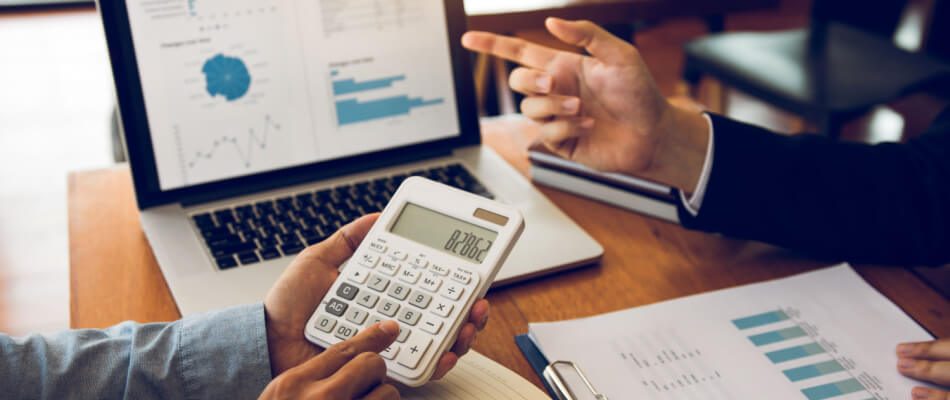Costs for an investment fund
Since you as an investor will be faced with various costs of funds, and these can have a major impact on your return, it is useful to know what these costs mean for you as an investor. Therefore, an overview of the most important costs follows.
Different types of costs in investment funds
Ongoing charges
The largest cost item is the annual fee for managing the assets. This includes the salary of fund managers and analysts, marketing expenses, various costs of accountants and lawyers and the transaction costs for trading securities. The costs are particularly high for active funds, while the funds in the passive variants mainly reflect an index. The costs for management start at around 0.15% for passive funds, and can amount to more than 2.5% for various active funds. As an investor, you must then keep an eye on how you can best save costs for yourself. Read more about the ongoing costs for funds .
Entry and exit costs
Investment funds may reserve the right to charge fees for various purchases and/or sales. As a result, the deposit will immediately decrease by the amount of these (and any other) fees. Read more about entry and exit fees .
Only for active investment funds
Performance fee
Some investment fund providers want an additional fee in addition to the fixed management fee. As an investor, therefore, pay attention to how the benchmark is used and how much performance fee is paid on which part. It is important that the benchmark is a good reflection of the chosen market. Because if you invest a fund offensively (with a higher expected return), you naturally do not want the benchmark to have a defensive character (with a lower expected return). This can affect your deposit and other investments.
Transaction
Most fund managers actively manage their fund and act accordingly. The costs for the purchases and sales within the selected fund are intended for the investor. A ‘Portfolio Turnover Ratio’ (PTR) or in other words, a turnover factor, can give you as an investor insight into the trading behavior of a fund. A PTR shows the value of all securities transactions by means of a percentage of the weighted average assets, corrected for the inflow and outflow of funds. In this way there is an indicator of the transaction costs and you can get a good impression of the extent to which active management takes place. Normally you can find all this information in the annual report of the investment fund in question. For foreign investment funds you can also find enough on the web page ‘Morningstar’. They also offer you insight into the PTR.

Only for ETFs (passive funds)
Spread
When buying and selling, ETF investors often also have to deal with the spread. This is the up and down compared to the price. The costs of purchasing are becoming an important factor thanks to the low annual costs of trackers. On average, this amounts to 0.4% of the invested money.
Compare brokers and start investing in mutual funds
Are you excited about investment funds after reading this article? Check out the range of brokers with different funds and find the broker that suits you best!